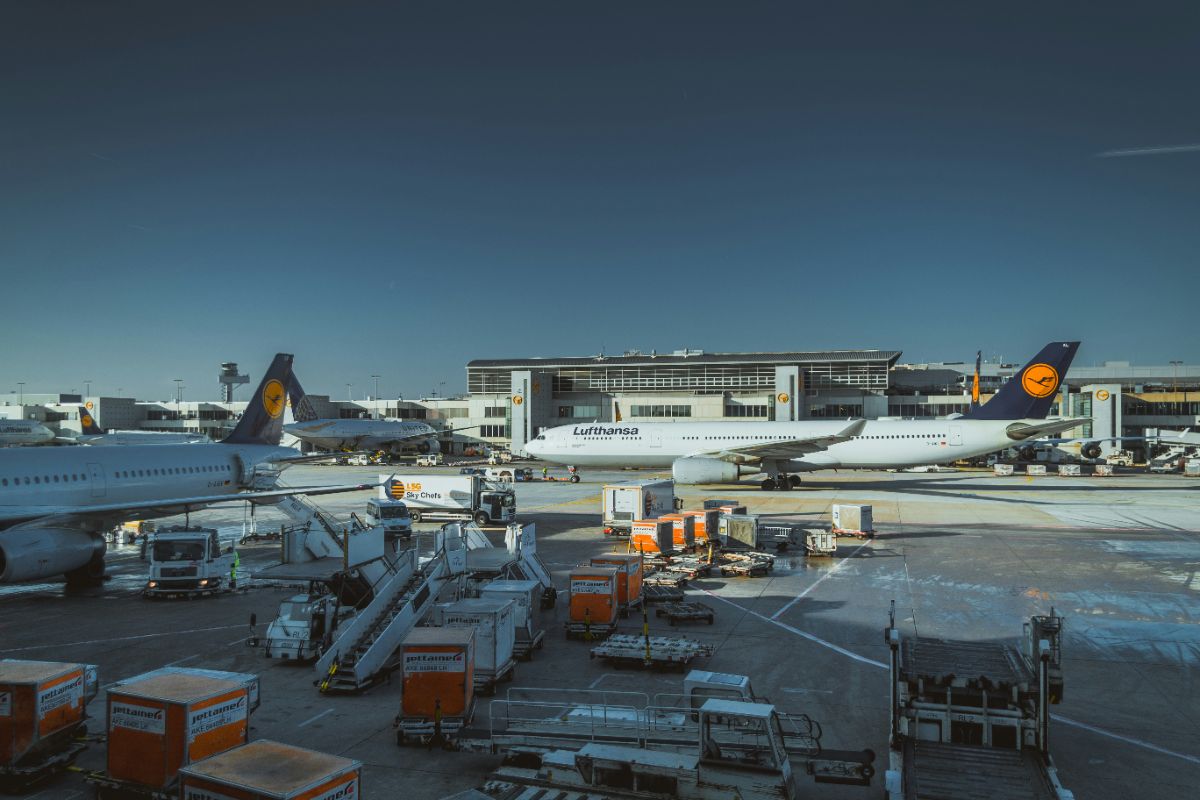
While digital technology and connectivity offer numerous benefits for the aviation industry, they also expose it to cybersecurity threats that can compromise safety, security, and operational continuity.
With MX Aviation Cybersecurity™ Solutions, Maximus provides proactive cybersecurity governance & risk management engineering services to counter the unique challenges faced by air transport operators. Our expertise goes back decades, and we’re on the leading edge of aviation cybersecurity revolution that is altering the defense strategy for airline and airport operators alike.
 .
.